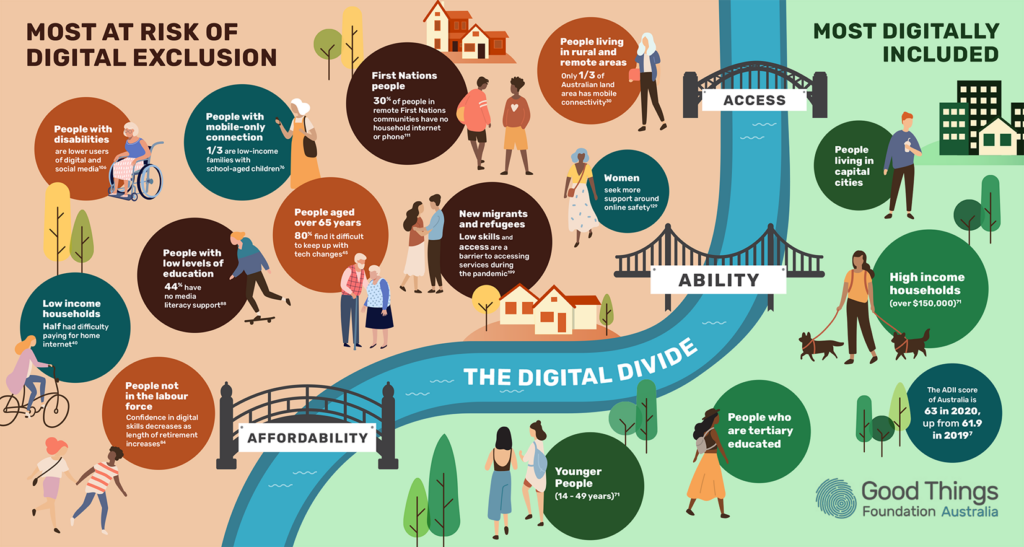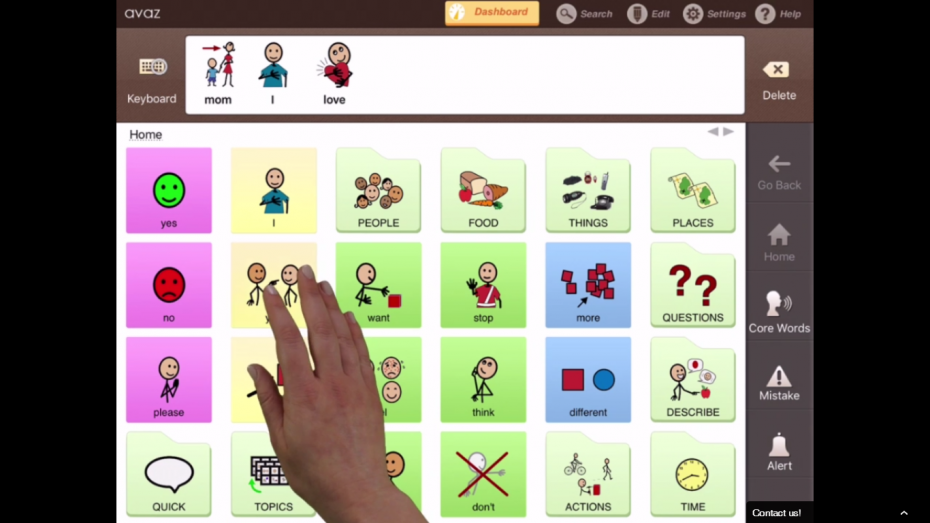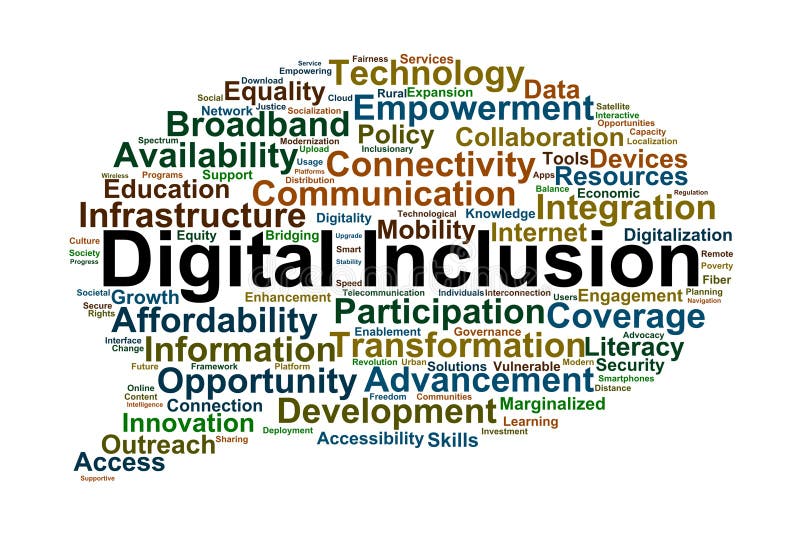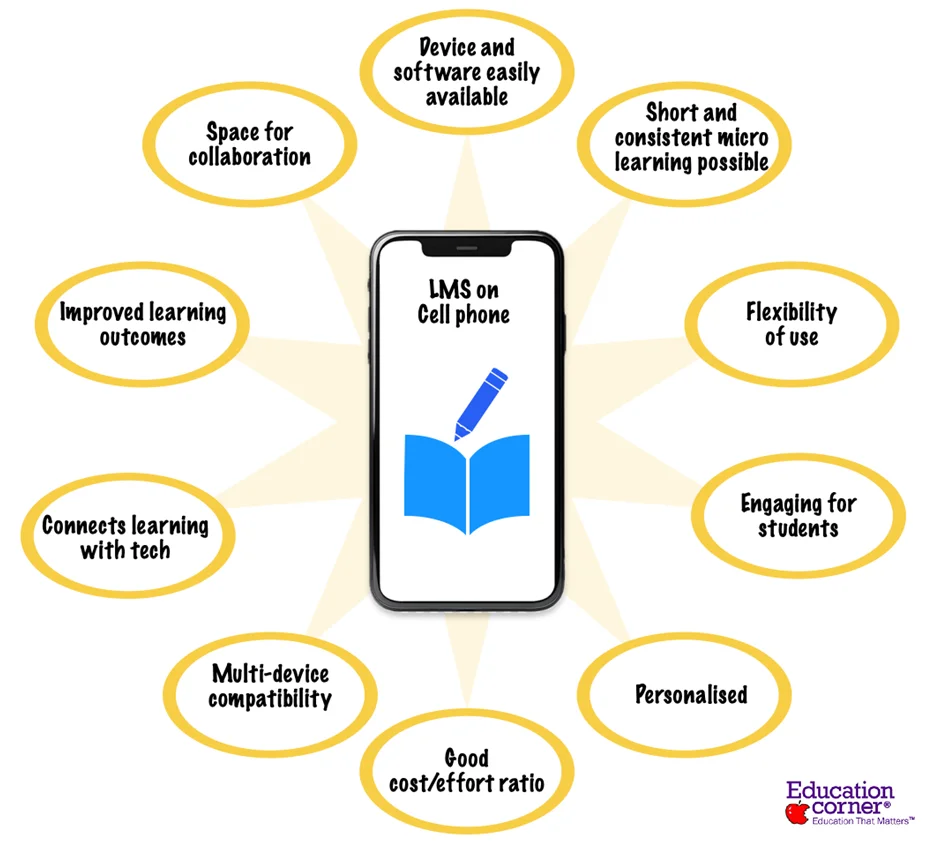This summer, I embarked on a journey through EC&I 830: Contemporary Issues in Educational Technology. I did not anticipate how much it would stretch, challenge, and push me in my thinking about technology, learning, and education. This was more than a class for me, it was a learning experience on a deeply personal level.
Takeaways: What I Learned Reflection Post
Structured Debate on Controversial and Timely Topics
Engaging in a series of structured debates on contemporary and often controversial topics was one of the most eye-opening aspects of this course. From the impact of social media in education to whether or not Schools should continue to teach skills like cursive, multiplication and spellings that can be easily carried out by technology, each debate provided the kind of “deep end” thinking that forced me to look not only at what I knew but at how I knew it. I not only had to formulate an argument I had to truly listen, think, and re-think to engage with other classmates on such diverse topics, respectfully. For me, these were less about winning or losing and more about modelling and growing as a critical digital citizen in online dialogue and conversation.
Exploring New Tools (discord, blogging, Flip, InVideo, NotebookLM)
As with any opportunity for me to play around with new tools, it’s all about HOW I learn best. I realized that new tech can never replace my key needs of rich content curation, collaboration, communication, and creation but what it can do is provide a richer context for those four Cs to be applied. I will continue to reference the tools here as part of my daily work with teachers, students, and in my own learning journey. Discord, for example, might be my “secret weapon” now for live conversation and quick resource exchange, while blogging in this course really helped me to “slow down and look” in a way that suits my learning style. Additionally, exploring tools like Flip, NotebookLM and InVideo, for video editing, reminded me of the need to integrate multiple media into my learning and teaching practice as much as possible. I was able to successfully put in my Learning Journal for Invideo to help wrap it up into a creative and scenery video which took me a lot of time and energy than I expected, especially the editing of scripts and putting graphics in their places, I also valued the hands-on exposure to several tools (Canva, Loom, AI-assisted writing) that I would otherwise have to pay to try out or sign up for on my own. These are already a regular part of my classroom and coaching toolkit, but likely for the long haul now. I will not go without acknowledging ChatGBT for a good editing of some of my work.
Mindset
Beyond all the tools and techniques, I think the most important lesson for me was in reframing my mindset as a teacher and a learner. I am no longer simply someone who uses and teaches tech; I am also a critical digital citizen and upstander. The lenses I bring to teaching and leading now include a much stronger critical eye and challenge for how technology is used (why and for what). I do not now take any platform at its word and immediately question and vet potential equity impacts and human impacts. I also need to seek opportunities not only to combat online hate and disinformation when they happen but to use my work in teaching and learning to model and upstand in the fight for equity in digital spaces as well as the physical. That lens shift has led to different lesson design, deeper conversation with students about the impacts of their work online, and a sharper focus on what I measure and how I assess the impact of tools in my teaching and coaching work with adults.
A Part of Something Bigger: Contributions to a Community of Learners
While I wasn’t always the most active poster in Discord, I always read and reflected deeply on the threads my classmates created in discussion, especially during weeks of debate. Those threads often took the class’s thinking to the next level and helped me see things I hadn’t considered. I also took every opportunity to respond to peers in blog comments to leave encouraging feedback, offer additional resources and tools, and raise questions I knew would help my fellow learners think more deeply. I also appreciated how our collaborative Google Docs during the debates and chat backchannels reminded me how powerful it can be to engage in peer dialogue in professional learning. My peers in this course have reminded me that learning, to be its best, is never an individual act or practice – it is something we build and make together, conversation by conversation.
Final Reflections
EC&I 830 this summer changed not only my digital toolkit – it changed the way I approach education itself. I have come to see that being a responsible digital educator means bringing criticality, intentionality, and an informed, active awareness to how we design and create technology-enhanced learning experiences for students of all backgrounds. Learning to do that well means creating safe, accessible, inclusive, ethical spaces where all students can use and make with technology rather than be excluded or marginalized by it. This course has not just been formative, but foundational in my teaching and coaching in ways that I will remember for a long time to come.

 and the tremendous potential it has for all learners who may have previously fallen through the cracks.
and the tremendous potential it has for all learners who may have previously fallen through the cracks. As such, it is less of an either-or answer but more of a consideration that while I reflect on my own experiences in which technology has helped many, I need to be cognizant that for every student, family, or individual who benefits, there are likely many more who are still struggling.
As such, it is less of an either-or answer but more of a consideration that while I reflect on my own experiences in which technology has helped many, I need to be cognizant that for every student, family, or individual who benefits, there are likely many more who are still struggling.  As education enters this brave new world, it’s understandable to assume that the basics aren’t worth teaching.
As education enters this brave new world, it’s understandable to assume that the basics aren’t worth teaching. 





